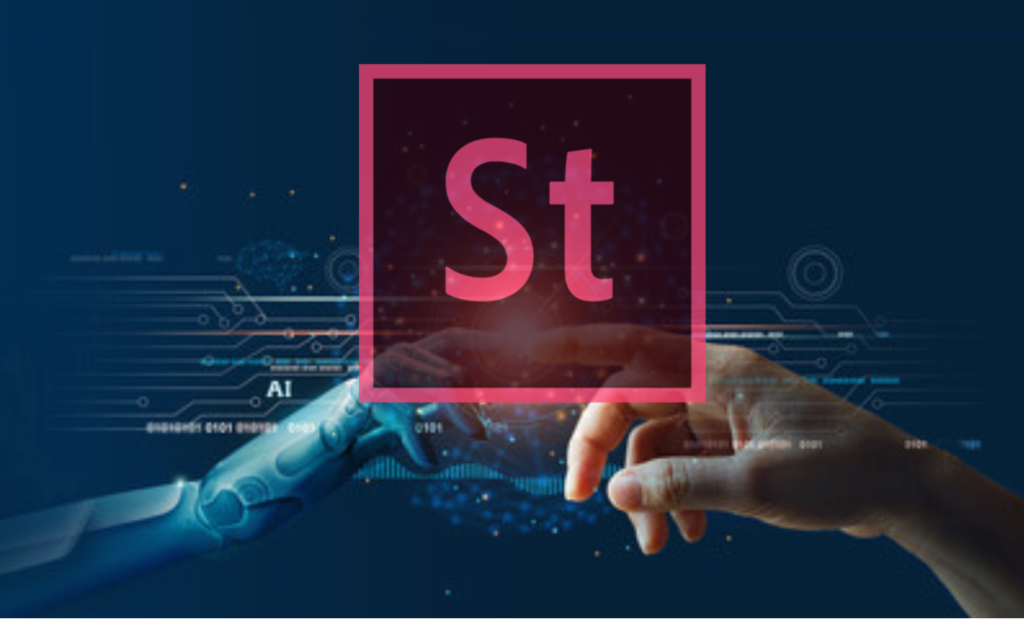Adobe is finally allowing artists to conditionally submit and sell AI-generated images on Adobe Stock, according to a report by Axios.
Despite resistance from parts of the online art industry, Adobe has joined Shutterstock’s recent acceptance of AI-generated content.
Artificial Adobe
Despite resistance from multiple industries ranging from science to art, artificial intelligence (AI) isn’t going away. In fact, it’ll only become more entrenched in our lives. The sooner we accept the fact, the sooner we can all start enjoying its benefits and finding ways to regulate it.
To avoid copyright issues and other ethical complications, Adobe lists a set of requirements for AI artists to adhere to before making their work available on its platform. It won’t be easy, but it seems to be worth the effort.
The artwork must also adhere to Adobe’s new Generative AI Content Guidelines.
Artists, or contributors, will have to label the artwork with “Generative AI” on the title, it must be submitted as an illustration, even if it looks like a real photograph, and artists submitting it must have the rights to use the image.
Read More: Rather than threaten jobs, artificial intelligence should collaborate with human writers
In September this year, Shutterstock removed some AI-generated artwork on their platform but made a U-turn after partnering with OpenAI to enable the ability to generate AI artwork on the website.
Getty banned all AI artwork in the same month, citing copyright issues that have not been tested in court.
AI continues to face disapproval from traditional artists. Professional photographers fear it might take another bite into their shrinking job opportunities. The legal industry and some tech companies claim AI hasn’t been properly tested in a court of law while some art lovers and artists claim it isn’t ethical or authentic.
